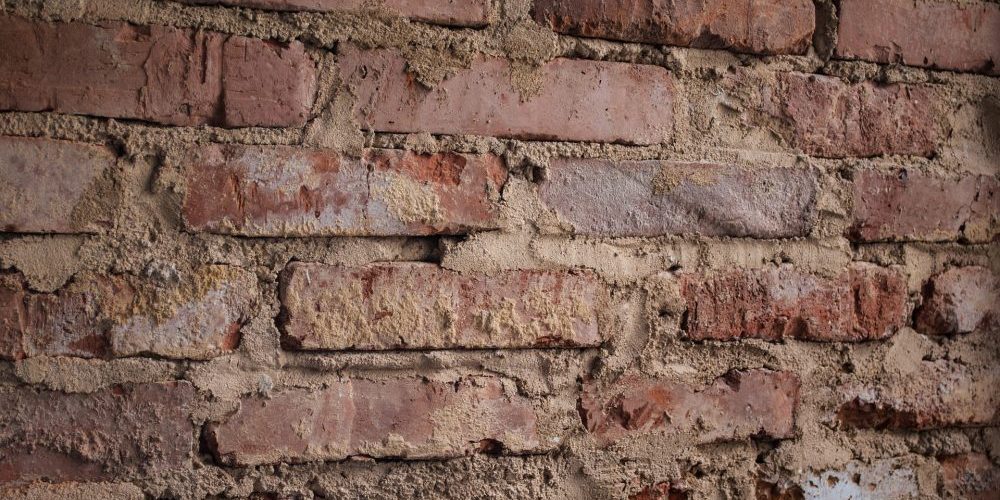One of the things that strikes fear in the heart of anyone buying a property is hearing the word ‘subsidence’.
From a buyer’s point of view, few things are less appealing than a home at risk of collapse, and as a seller sleepless nights are often the case if you’re worried that a buyer’s survey will flag up subsidence.
The positive news is that, although subsidence can certainly be a serious problem, it doesn’t have to be a total deal-breaker. The majority of cases of subsidence are manageable, and many a homeowner has lived happily for years in properties with a history of subsidence. Thanks to modern solutions for subsidence such as underpinning, it is less of a potential disaster.
If you’re a seller…
Selling a property with subsidence
If your property has a history of subsidence you will not be able to hide the fact from prospective buyers – full disclosure is definitely the best policy. You will need to be able to satisfy prospective buyers that you have dealt with any subsidence problem as well as possible.
What causes subsidence?
Subsidence occurs when the ground on which a property is built on moves. This can be for a variety of reasons. Perhaps a lengthy dry spell has caused the water table to drop? Perhaps nearby tree roots have disturbed the soil? Or maybe a broken drainpipe has caused the soil to be washed away from the foundations?
How to spot subsidence
The first effects of subsidence are usually visible in the form of new and expanding cracks in plasterwork or exterior brickwork of your property. Other signs can include wallpaper ripping on internal walls or doors or windows starting to stick and they become unaligned.
What can be done?
If you suspect subsidence you need to take steps to help the situation. The first is to get a surveyor to assess the situation, who can then measure and monitor cracks and movements, although be prepared- this is a lengthy process that can months, or even years! The cause of the subsidence can then be established – often a tree close to the property – and can be dealt with. In serious cases of subsidence, it can sometimes be necessary to underpin the foundations of an entire property – a lengthy and expensive process. Most insurance policies offer protection against works needed to deal with subsidence, but there is usually a policy excess which you need to meet yourself.
It is essential that you keep documents as proof of any works relating to subsidence that have been carried out along with any relevant guarantees. By having these you will be able to put your property on the market with transparency and with the confidence that past episodes of subsidence will not affect any sale in a drastic way.
If you’re a buyer…
Much of the above advice also applies to buyers.
Surveys and mortgages
We always, always advise to have a full structural survey carried out once you’ve had an offer accepted on a property, rather than a more basic survey which some mortgage-lenders require. If a survey suggests that there may be a subsidence problem then you need to take action. Get any necessary potential works quoted for, and be prepared to reduce your offer to take account of them – any reasonable, sensible seller will understand.
Is there a history of subsidence?
The other thing of which buyers need to be aware, in the case of properties with a known history of subsidence, is that they can be hard to insure. Quite a lot of insurers will not insure a property that has been underpinned in the past. Companies that do are likely to charge higher than average premiums and expect you to pay a higher excess in the case of any future claims.
The final thing to think about is that if you buy a property where there have been subsidence issues in the past, even if it doesn’t bother you, if and when you come to move house you may find that other potential buyers are more cautious and the property is that much harder to sell.
If you have any questions relating to buying or selling a property with subsidence, then talk to one of our experienced team today, on 020 8462 7155.

